Collaboration in Action: Reclaiming Futures Teams Up with Pathways Transition Training Partnership to Host a Joint Webinar
By Bridget Murphy, November 15 2016
Collaboration. A word we use a lot at Reclaiming Futures. Why? Because based on our fifteen years of working in jurisdictions across the country, collaboration can be an impactful catalyst for change. While the National Office puts collaboration into action regularly it was recently visibly demonstrated.
As you may know, Reclaiming Futures is part of the Regional Research Institute (RRI) at Portland State University. We are affiliated with such efforts as the National Wraparound Initiative, The Center to Advance Racial Equity, and Pathways Transition Training Partnership (PTTP). A few months ago, Evan Elkin, Christa Myers and I began conversations with Drs. Eileen Brennan and Pauline Jivanjee of PTTP to develop a joint webinar. Both groups understand the importance of collaboration between stakeholders in juvenile justice settings to improve the health and wellness of young people with substance use and/or mental health concerns. However, our focus for the webinar did not become immediately clear. We spent time examining our commonalities to decide the best topic for diverse fields and individuals (e.g., juvenile justice; behavioral health; community members). We decided to emphasize our respective work in the area of evidence-based practices.





 Every week Reclaiming Futures rounds up the latest news on juvenile justice reform, adolescent substance use treatment, and teen mental health.
Every week Reclaiming Futures rounds up the latest news on juvenile justice reform, adolescent substance use treatment, and teen mental health. 
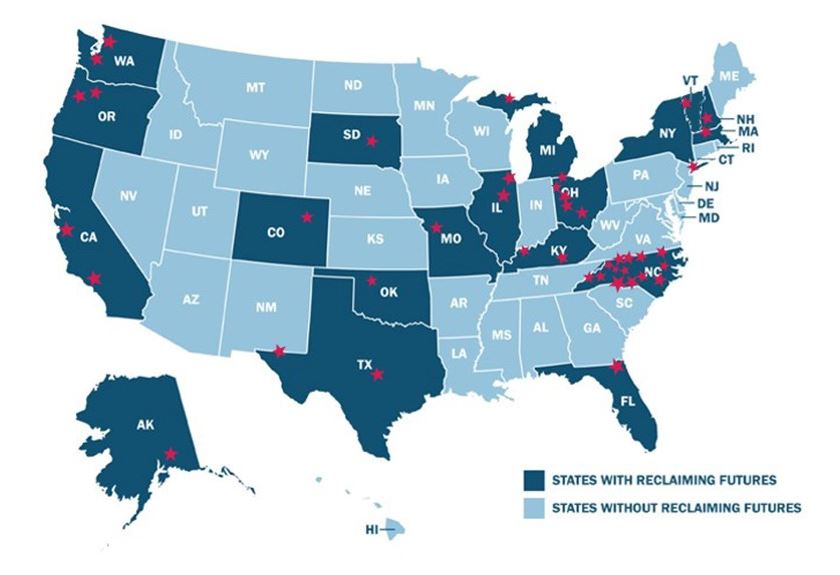
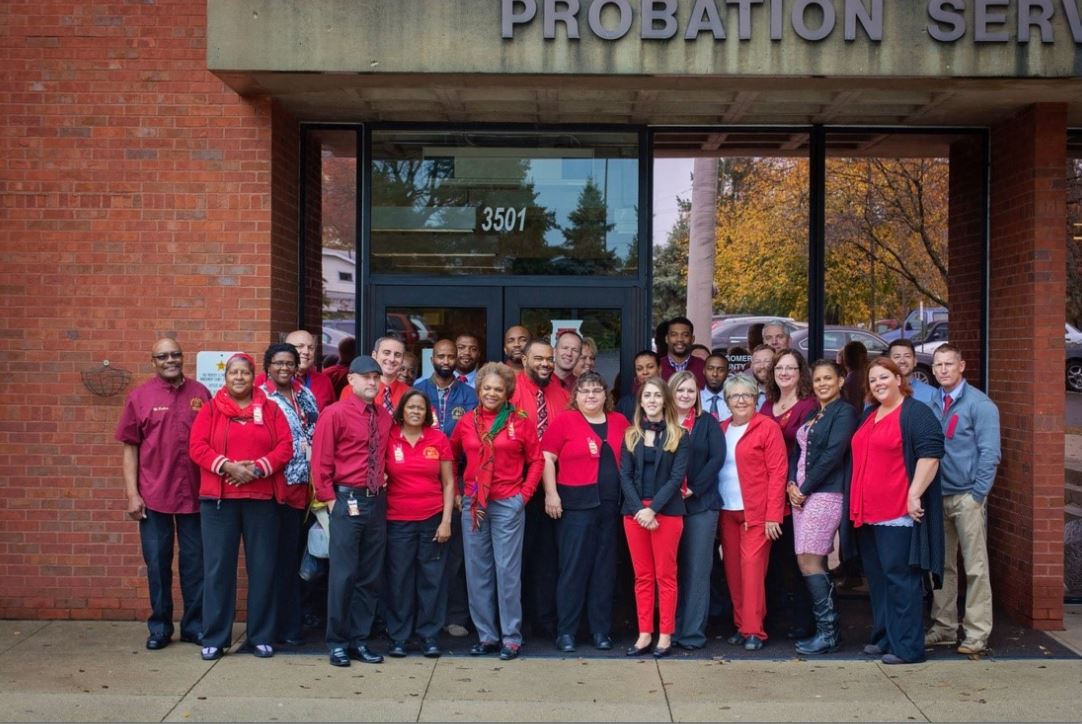
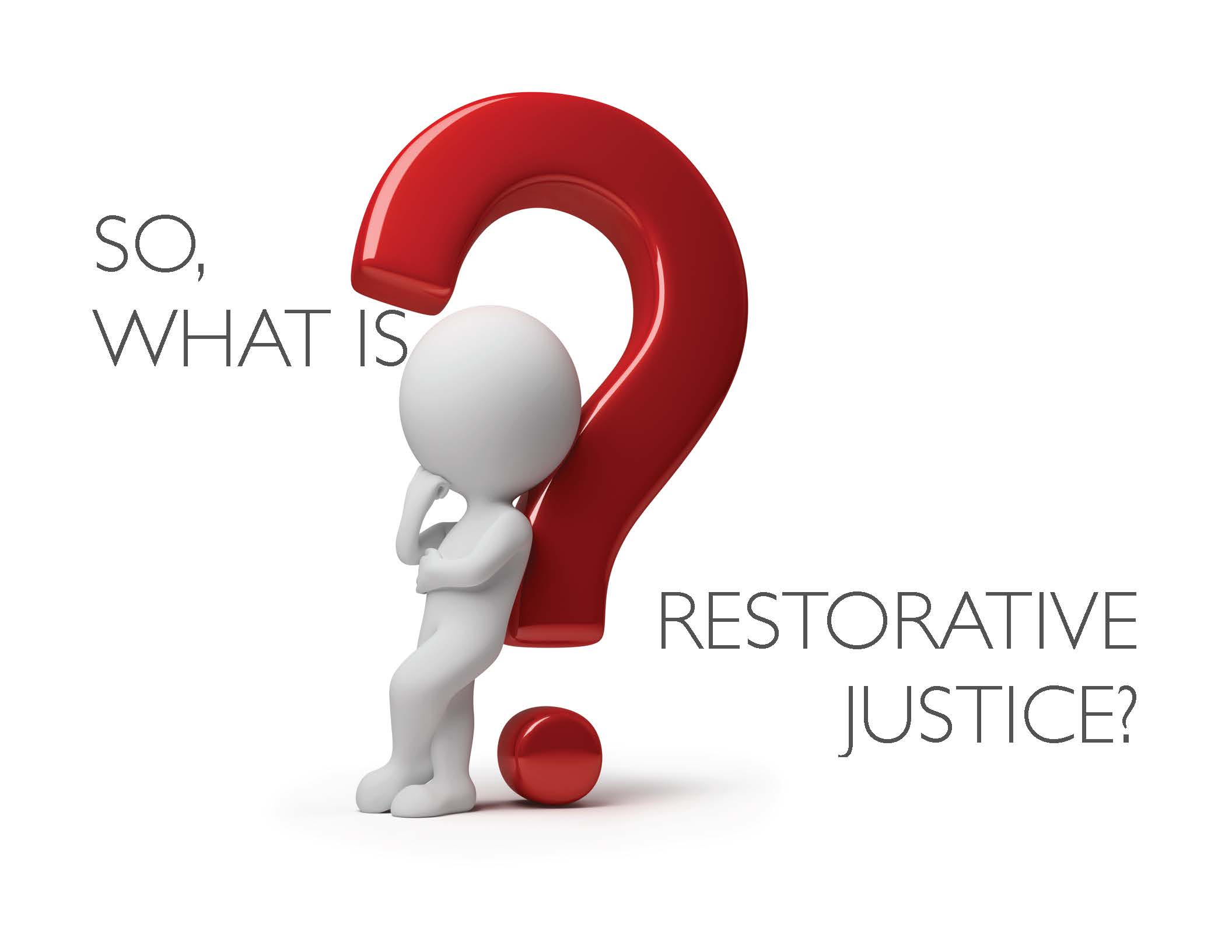 According to research conducted by
According to research conducted by  In the first two years of our work to advance new approaches to prevent and reduce substance use among youth and young adults, a key finding we often share surprises most people: Young people actually think health care practitioners should talk to them about alcohol and drugs.
In the first two years of our work to advance new approaches to prevent and reduce substance use among youth and young adults, a key finding we often share surprises most people: Young people actually think health care practitioners should talk to them about alcohol and drugs. Below you'll find a selection of the latest grants, jobs, webinars and events posted to our Opportunity Board. Please share the
Below you'll find a selection of the latest grants, jobs, webinars and events posted to our Opportunity Board. Please share the  Kids and teens are gearing up to head back to school, but more than
Kids and teens are gearing up to head back to school, but more than 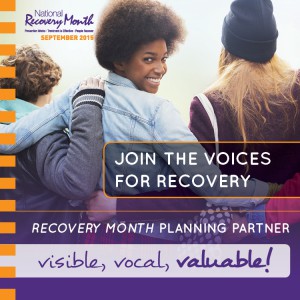 The
The 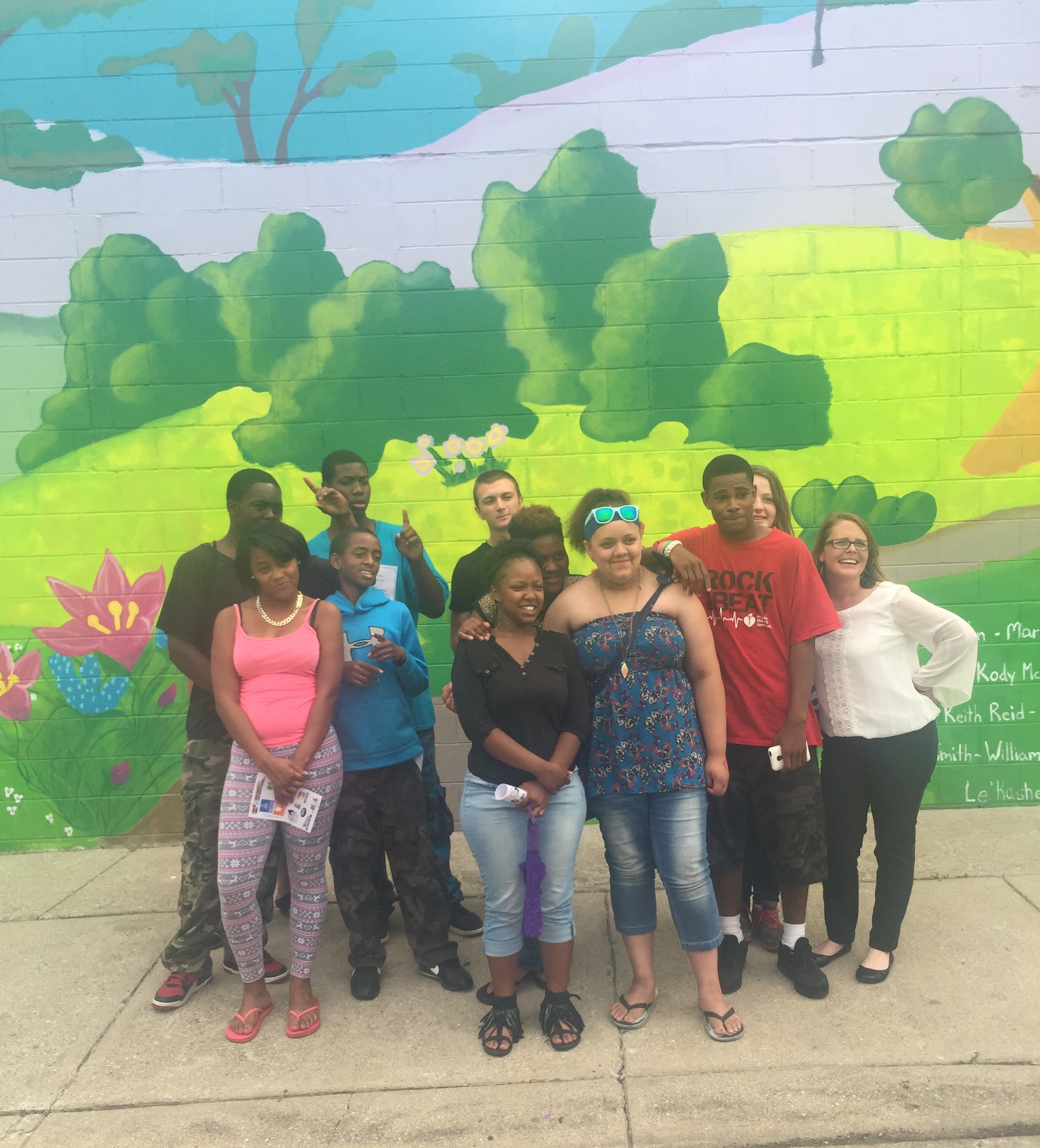 programming to build assets in our young people since 2010. More than 110 youth have benefited from the Helping Adolescents Achieve Long-term Objectives (HAALO) program since that time.
programming to build assets in our young people since 2010. More than 110 youth have benefited from the Helping Adolescents Achieve Long-term Objectives (HAALO) program since that time.